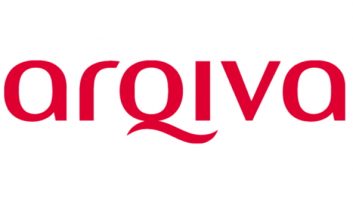Arqiva is deploying Omneon media server and storage systems as part of a project to rationalise the entire workflow from post production to playout and publishing on behalf of its customers. Central to the endeavour is an Omneon MediaGrid active storage system, acting as a “work-in-progress” platform that enables customers at remote sites to edit, repurpose, and version media content, writes Adrian Pennington.
“Our customers range from the mainstream to the niche broadcaster and they have systems that have grown organically over many years. While these systems work, they are often not efficient or scaleable,” said Scott Rose, head of product development for Arqiva. “As an integrated service provider, we specialise in understanding our customers’ processes and delivering the real benefits of reducing operating costs and delivering to emerging platforms. Omneon’s innovative MediaGrid active storage system provides expandable bandwidth and transcoding capabilities to enable us to do just that.”
The Omneon MediaGrid does more than simply store and share content. With its own distributed processing capabilities, it also allows media processing applications such as transcoding to be performed without separate outboard servers, eliminating transfer steps and further simplifying workflows. Because MediaGrid technology is based on a fully distributed file system and file replication scheme that maintains multiple active copies of content, the system allows fast access for multiple Arqiva customers working at the same time.
Prior to investing in the Omneon systems, Arqiva typically received content from its customers just ahead of playout. Today, however, content arrives as much as six months ahead of transmission. Upon arrival, content is ingested into the Omneon Spectrum media server as MPEG/DV files at 25 or 50Mbps under the direction of TMD Mediaflex media asset management, and is then copied to the MediaGrid active storage system. Using the workflow client, Arqiva’s customers working remotely over a wide area network or the internet can browse with low-resolution proxies of the essence, create EDLs, and then craft-edit the transmission version using Final Cut Pro workstations.
All of the high-resolution essence is stored in a digital archive system using Front Porch Digital’s DIVArchive. The essence can then be partially restored and delivered direct to the edit seats wherever they are located.
The MediaGrid also supports the association of additional audio tracks to the essence, a process called audio track-stacking. Since this allows foreign language tracks to be added without the need for re-recording the essence, it is a significant time-saver.
“The broadcast industry is awash with systems that profess to be workflow-enabled, but these are all too often disjointed, leaving gaps that can cost both time and money. By working with key partners like Omneon, Arqiva is providing true broadcast glue,” said Rose.
“MediaGrid not only minimises complexity across a range of media processes and data management tasks, but as active storage it actually contributes processing power to help Arqiva achieve more streamlined workflows,” said Geoff Stedman, Omneon’s vice president, worldwide marketing. “Omneon is continuing to work closely with customers like Arqiva to ensure that our platforms provide the functionality needed to realise the efficiency and cost-effectiveness inherent in new file-based workflows.”






